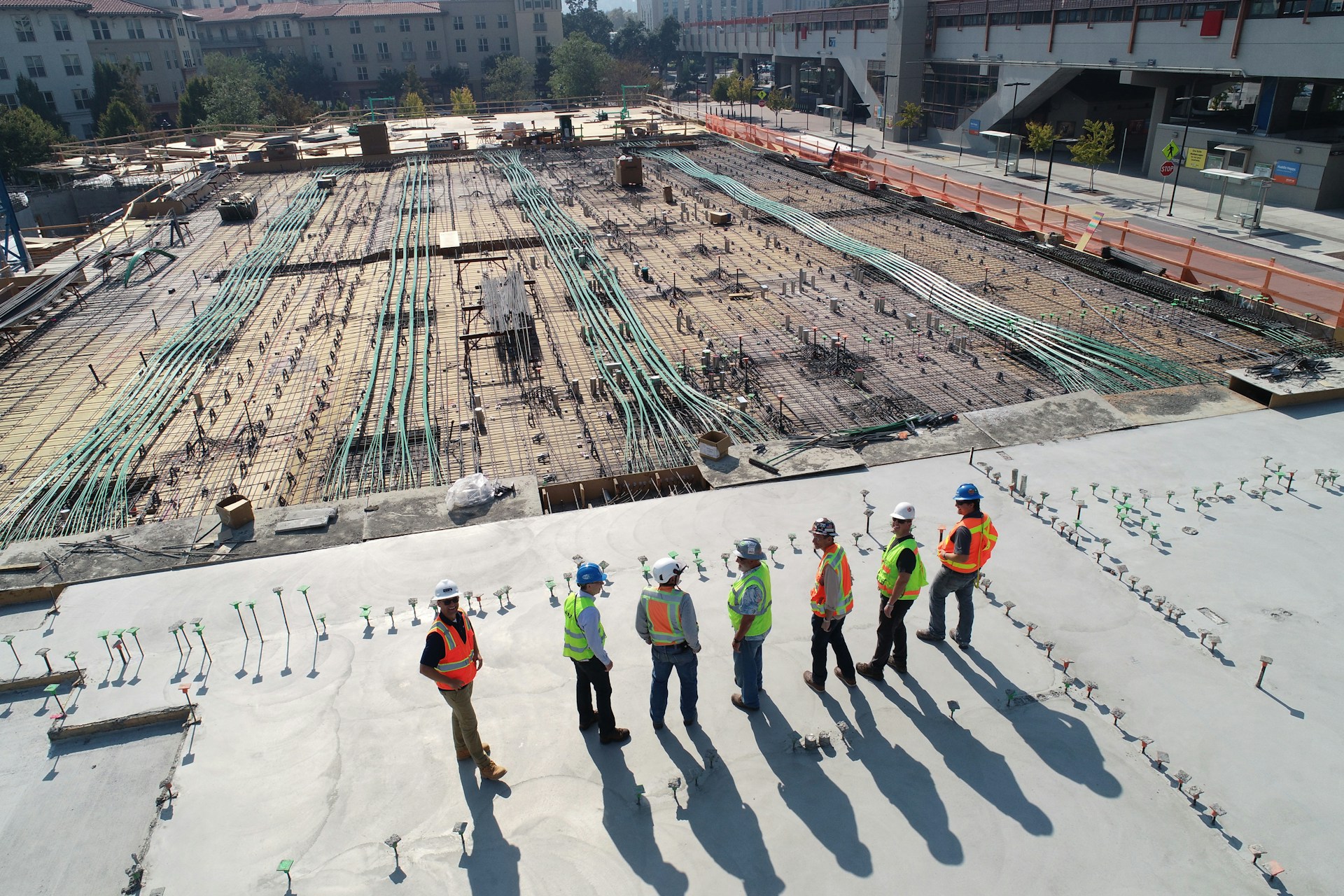The fusion of two transformative technologies that we are well aware of—AI and 3D printing—offers promise in reshaping the housing landscape. By utilizing the capabilities of AI, there is a huge scope for knowledge sharing and enhancing manufacturing processes. Let’s dive in.
The Housing Landscape
Rapid urbanization trends and population explosions have increased problems such as homelessness. Unfortunately, traditional construction methods have struggled to meet the demand for affordable and quality housing.
Additionally, limited land availability and residential schemes have compounded the challenges, making homeownership a distant dream for many. In fact, 61% of respondents in a recent poll stated they believed they would never actually own a property despite their desire to in the future.
The Benefits of 3D Printing in Housing Construction
Before we get into how AI aids 3D printing technology in enhancing its benefits, let’s first examine the advantages of 3D printing in addressing the housing crisis.
Firstly, there is the possibility of faster construction processes. Traditional construction methods often come with lengthy timelines, hindering the delivery of housing projects. However, 3D printing enables rapid construction of housing units, significantly reducing construction times and expediting response generation during crises.
Next, by minimizing material wastage and reducing labor costs, 3D printing offers a cost-effective alternative to traditional construction methods. The efficient utilization of resources can translate into overall cost savings, making housing more accessible and affordable. Traditional construction often uses standardized designs, which have been done to death. 3D printing empowers architects and designers to unleash their creativity. With complex geometries, curved shapes, and personalized details, architects can cater to the unique needs and preferences of occupants.
Though it might seem paradoxical, improved structural integrity through the precise layering of 3D printers is a distinct possibility. And lastly, through optimized material usage and reduced waste, 3D printing promotes environmental sustainability in housing construction. Eco-friendly materials and efficient manufacturing processes minimize both the carbon footprint and the use of water relative to concrete, contributing to a greener and more sustainable approach.
AI to Advance 3D Printing
Furthering the potential of 3D printing, AI algorithms can analyze real-time data to optimize printing settings, detect defects, and facilitate global knowledge transfer among various manufacturing facilities all over the world. Say an employee in a 3D printing factory discovers a particular setting that works perfectly; this can be recommended to other teams worldwide.
3D manufacturing factories can utilize software platforms that collect and curate sensor, IT, and video to convert this data into crucial information and send it to the relevant stakeholders. The difficulty for factories often comes from policy and regulatory limitations within their own countries, which might inhibit this kind of knowledge sharing. But we are reaching a point where the industry is far more open to this kind of collaboration given the issues in labor availability, sustainability, and supply chain availability that everyone is facing.
Innovative 3D-Printed Mass Housing Projects
I am currently involved in the MIT HAUS group at MIT, which is a research project aimed at providing quality, affordable housing for all. Our goal is to build 3D printed houses for homeless and under-housed populations using recycled polymer material such as plastic water bottles.
There are also several groundbreaking projects that exemplify the transformative potential of 3D printing in mass housing construction. Some examples include:
- ICON’s collaboration with Lennar and Bjarke Ingels Group will construct a 3D-printed housing community in Texas that features sustainable single-story
- WinSun’s feats in China include the construction of ten houses in 24 hours and a five-story apartment building using 3D printing technology.
- Apis Cor’s Affordable Housing Cooperative Program addresses vulnerable populations’ housing needs through on-site 3D printing of building components.
The clear convergence of AI and 3D printing gives us hope of fighting homelessness, accelerating manufacturing processes, enhancing cost efficiency, and crucially doing all of this in a sustainable way.
This article has been written by Arjun Chandar, Founder and CEO of IndutrialML






